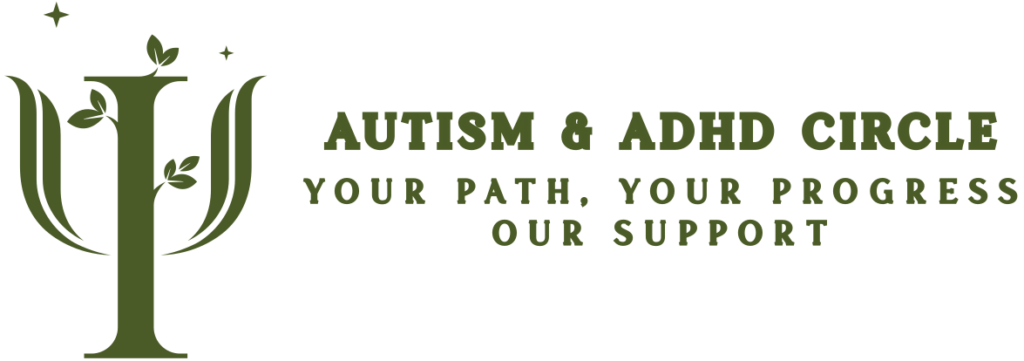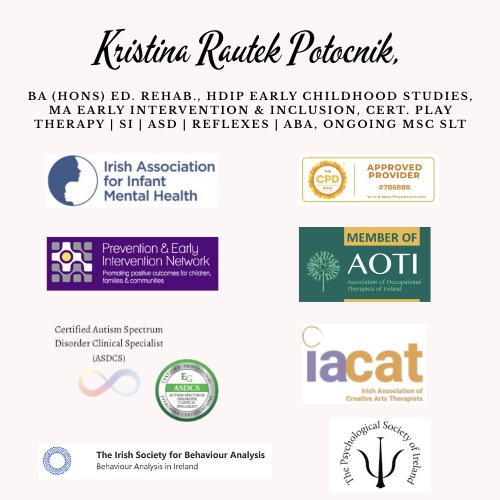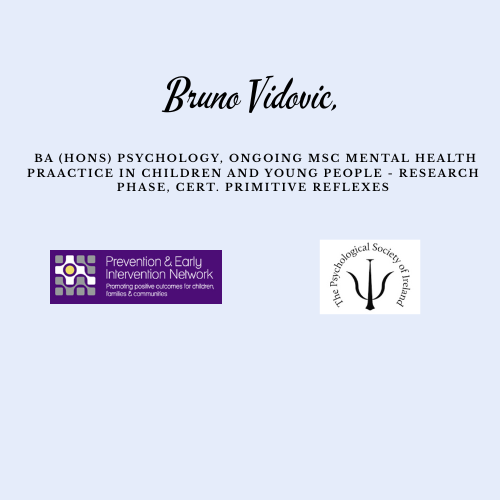Polyvagal Theory Made Simple: What Every Parent and Therapist Should Know

Author: Kristina Rautek Potocnik, BA (Hons) Ed. Rehab., HDip Early Childhood Studies, MA Early Intervention & Inclusion, Cert. Play Therapy | SI | ASD | Reflexes, ongoing MSc SLT
As early intervention specialist, teachers, or parents, we often wonder why a child reacts in a certain way. Some children suddenly shut down, others become loud or angry, while some seem nervous all the time. These behaviors can be confusing. But what if there is a deeper reason behind them—something in the child’s body and brain that is reacting before they can even think?
Polyvagal Theory gives us a way to understand this. It was created by a scientist named Dr. Stephen Porges. He explained that our nervous system—especially a part called the vagus nerve—helps us decide how to react to the world around us. The vagus nerve connects the brain to the heart, lungs, and stomach. It controls how fast we breathe, how our heart beats, and even how we feel emotions.
The theory says that our body has three main ways of reacting. The first is the “fight or flight” reaction. This happens when we feel in danger, and our body gets ready to protect us. We might feel our heart race, our muscles get tight, and our breathing get faster. The second reaction is “freeze” or “shut down.” This happens when we feel that we cannot escape the situation. We may go quiet, stop moving, or feel frozen. The third state is called “social engagement.” This is when we feel safe and connected to others. Our face looks relaxed, our voice is calm, and we are open to learning or playing.
These reactions happen very fast. We don’t choose them—they are automatic. Our brain has a system called “neuroception,” which scans people, places, and sounds to decide if they are safe or not. Sometimes, this system makes mistakes. A child might feel unsafe in a place that is actually calm, or they might not notice danger when it’s really there.
This is especially true for children who have had trauma, anxiety, autism, or sensory difficulties. For example, a child with anxiety might be in “fight or flight” most of the time. A child with sensory processing difficulties might shut down when there is too much noise. Some children seek out movement or loud play because their nervous system is underactive. Others avoid touch, sounds, or smells because their system is too sensitive. When we understand Polyvagal Theory, we begin to see these actions not as “bad behavior,” but as a nervous system doing its best to survive.
In everyday life, this theory helps us notice how our own body feels too. Sometimes, we are stressed but don’t realize it. We may breathe fast, feel tight in our chest, or become quiet without knowing why. When we learn to notice these signs, we can start calming ourselves with deep breathing, movement, or gentle activities. As therapists and caregivers, we can also help children learn to calm their bodies. A simple breathing game or a quiet moment in a safe space can make a big difference.
Social connection is also very important. When a child feels safe with us, their nervous system becomes calm. This allows them to listen, play, and learn more easily. Building trust takes time, but when a child feels seen and heard, they are more willing to try new things—even if those things are difficult.
Understanding the nervous system can also help in schools and therapy. If a child hits or bites, it doesn’t always mean they are being “bold.” It might mean that their body feels unsafe and is reacting automatically. When we understand this, we can support the child in a calmer and more loving way. This builds strong relationships and better outcomes for everyone.
There are even special therapies that use Polyvagal ideas. Some use gentle exercises, meditation, yoga, or slow exposure to certain sounds, textures, or smells. These help the nervous system get used to what once felt too strong or scary. Other people may benefit from talk therapy or journaling to explore their feelings.
During my work as an occupational therapist, I have learned that understanding comes before change. When I take the time to really understand a child’s reactions—without judgment—I can build a connection. This is the first step in helping them grow and feel safe in their world.
I remind myself every day: these behaviors are not personal. Often, they are simply the body asking for help. And sometimes, even as adults, our own bodies ask for the same thing.
Latest Posts
- How children make sense of the world through their senses
- How your baby learns about the world through their senses
- Helping your child grow stronger through movement and play
- Understanding How Early Intervention Helps Children Learn, Move, and Connect
- How to Recognise Tactile Defensiveness and Help Your Child Feel Safe
- Understanding Feeding Challenges and How to Support Your Child at Home
- Let’s Talk Sitting: Exploring Floor Seating Options
- Retained Primitive Reflexes: The Hidden Cause Behind Developmental Struggles
- Where Curiosity Blossoms: How Children's Play Nurtures Growth for All
- Helping Your Child Through Stress: A Gentle Guide for Parents
- Sweet Little Lies – How to Recognise and Respond with Care
- Chores Are More Than Just Tasks – They’re a Tool for Growing Independence, Focus, and Confidence
- How to Help Children Develop Emotional Intelligence
- Blending Technology and Care: How VR Meta Quest Supports Children at NeuroNest
- A simple guide for parents who want to raise confident, happy children
- Setting Boundaries with Love: A Simple 3-Step Guide for Parents
- Understanding Behavior Through the Nervous System
- A Compassionate Lens on Dysregulation in Non-Speaking Autistic Individuals
- Supporting Development Through Movement: The Role of the Swing in Early Intervention
- Blending Tradition and Innovation: How NeuroNest Supports Your Child’s Unique Journey
- When Movement Meets Innovation: Supporting Child Development with GoBalance
- Why Visual Perception Matters for Everyday Life and Development
- Benefits of Chess in Early Intervention
- Building Healthy Nutrition from the Start
- A Journey Back to Your True Self
- Supporting Your Child’s Hand Skills for Confident Writing
- Blending the Best of Both Worlds
- Helping Toddlers Eat Well: A Parent’s Guide
- Why Tummy Time Matters for Your Baby's Development
- Helping Your Child Build Everyday Independence
- Who Are the Disconnected Kids?
- From First Tries to Automatic Habits: Understanding the Stages of Skill Learning
- Why a Child’s Level of Alertness Matters for Memory and Learning
- Early brain development starts before birth
- Why Slowing Down, Adapting Tasks, and Adding Breaks Helps Children Learn Better
- Why ADHD, Autism, Dyslexia and Other Challenges Need a New Approach
- The surprising power of copying in child development
- Books are more than just language tools—they’re powerful allies in sensory and motor development.
- Rethinking sensory support: moving beyond expensive rooms toward everyday understanding.
- Understanding how fear develops in a child’s brain
- Understanding how an early baby reflex can affect your child’s daily life
- A gentle start into baby development through movement and bonding
- A child-centred, research-informed approach that uses the power of play to support communication, emotional regulation, motor development, and meaningful growth from infancy to twelve years.
Our Partners




Our Memberships


